This World Heritage Week, custodians of Mumbai’s heritage movement, suggest sites, locations and spaces that require critical intervention to safeguard their legacies that are intertwined with our unique urban character
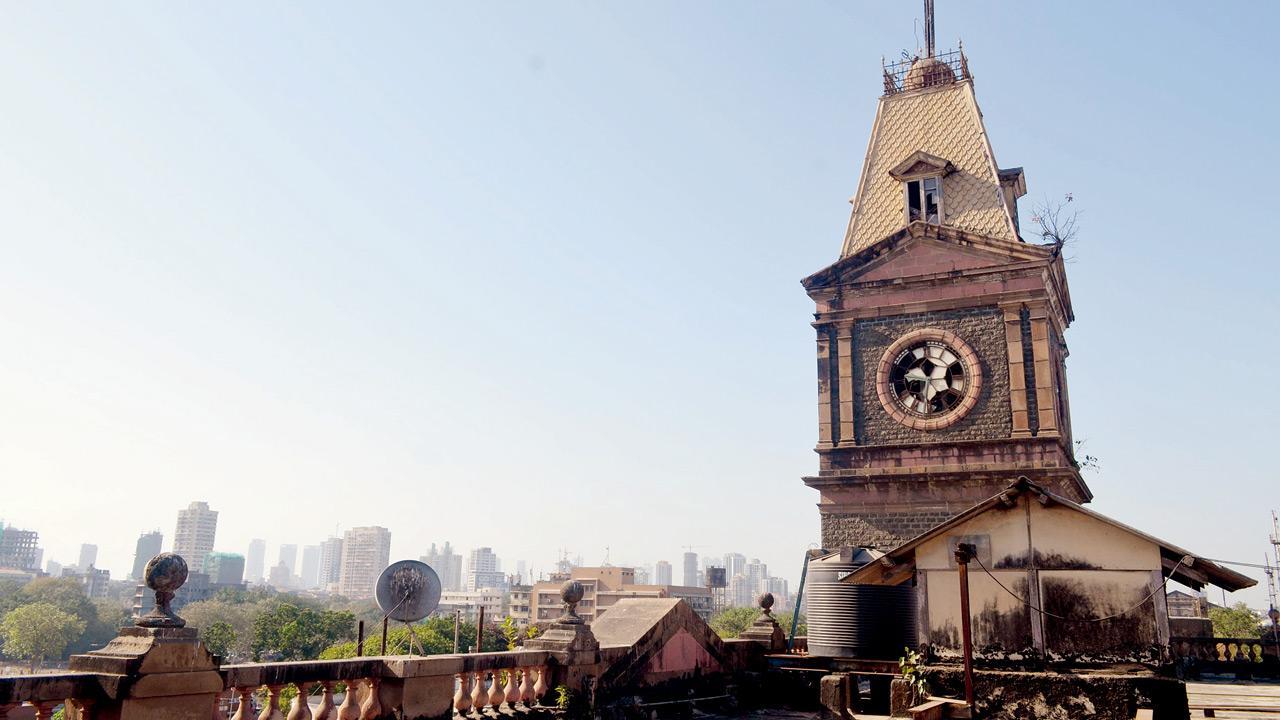
The Ghadiyal Godi was once a time-signalling device for sailors. Pic Courtesy/Nandini Somaya Sampat
Ghadiyal Godi
ADVERTISEMENT
Mumbai is laden with some of the most sophisticated, innovative and beautiful clock towers. Each clock has a story to tell. Many treasures are scattered and hidden across the urban-scape. They need to be conserved and rehabilitated to continue to serve the city as beacons of time and also as spaces that can be preserved and adaptively reused by people.

Once such lost treasure lies in the Victoria and Prince Docks on P D’Mello Road, locally called Ghadiyal Godi. Erected in 1891, this clocktower is unique as it contained a ‘timeball’, a time-signalling device in maritime navigation used by navigators to check and set their chronometers. The timeball stopped functioning the day of the Bombay Dock Explosions in 1944.
To restore and bring back to working order the ‘timeball’ would resurrect and celebrate its significance in Bombay maritime history. Restoration of the Malad stone and Basalt building from its dilapidated and neglected state to a museum space containing Mumbai maritime history would re-establish its role as a city landmark and the role it played in the development of the port city, and as a gateway to India.
Nandini Somaya Sampat, principal architect-SNK (Somaya & Kalappa Consultants)
Precincts
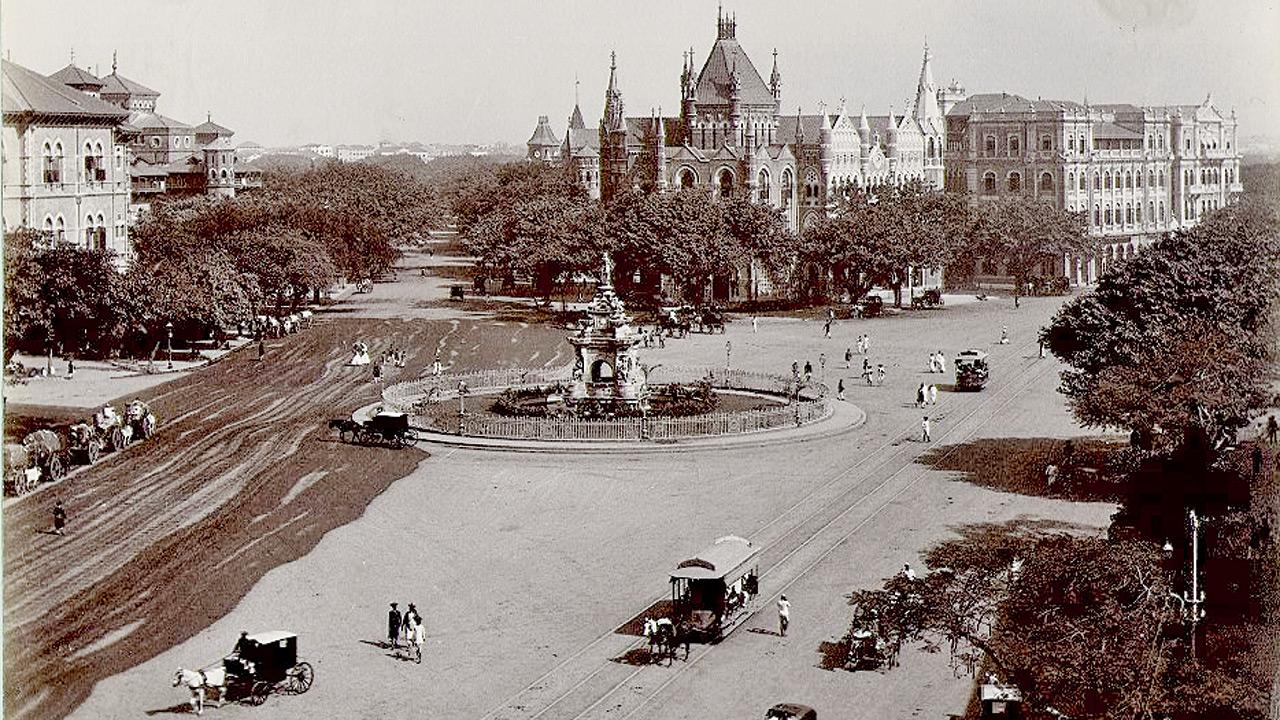
Flora Fountain or Hutatma Chowk in Bombay, India by Bourne and Shephard,1880s. Pics Courtesy/Wikimedia Commons
We cannot save the heritage of a city if we only look at individual buildings. Mumbai, like the best of heritage cities in the world, is a city of precincts. Each precinct is distinguished by the specific style of its architecture and its urban characteristics — the uniformity of its building lines, its footprint, the heights of the buildings and the floor heights. We look at precincts as loosely connected horizontals and therein, we see the urban harmonies.
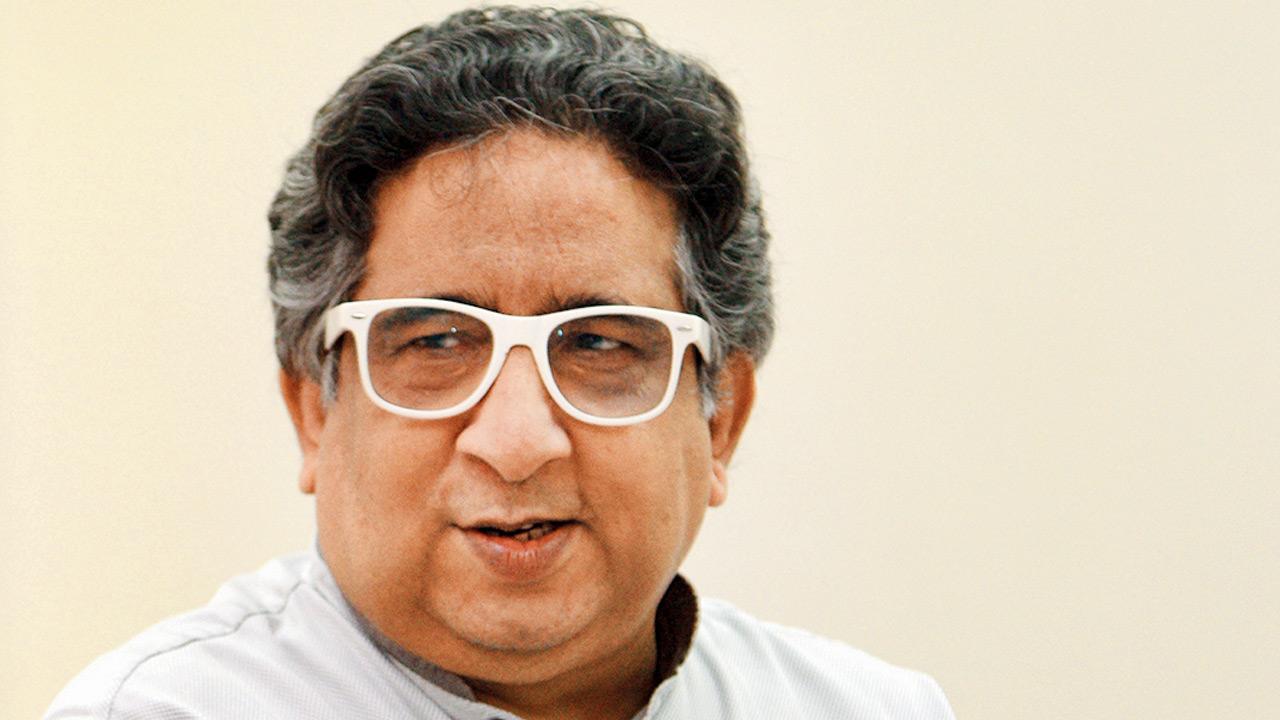
This makes it a very fragile ensemble, given the ravages of the ravenous real-estate monster. One building gone, and the entire precinct loses its character forever. Look at the building lines on the eastern side of the Flora Fountain Plaza, and you can see the beginning of the end. Marine Drive, despite its UNESCO World Heritage Site status, is one building away from disfigurement. Sometimes, one gets the feeling that there is no Heritage Oversight Committee in Mumbai.
Mustansir Dalvi, architect, professor of architecture, poet
Also Read: Bombay Rewind, Replay: Silent sentinels of World War I in the city
Old Cinema Halls
It’s essential to remember Mumbai’s status as the cinema capital of India. I’m especially nostalgic about its Art Deco theatres. Some of these have evolved into multiplexes, restaurants, or shopping centres to survive, and there’s nothing wrong with that. Fortunately, venues like the Royal Opera House, Eros, Liberty, and Regal have been restored and maintained.

Capitol cinema in Fort; a view of Paradise cinema in Mahim. File Pics
I recently visited Capitol cinema, and was struck by its current state, imagining its past splendour. Unfortunately, government regulations restrict its use for alternative purposes. Sadly, some old cinemas like Deepak Cinema (Matterden) in Lower Parel, and Paradise Cinema in Mahim had to bring their curtains down. Preserving these historical venues is crucial for maintaining Mumbai’s cinematic heritage.
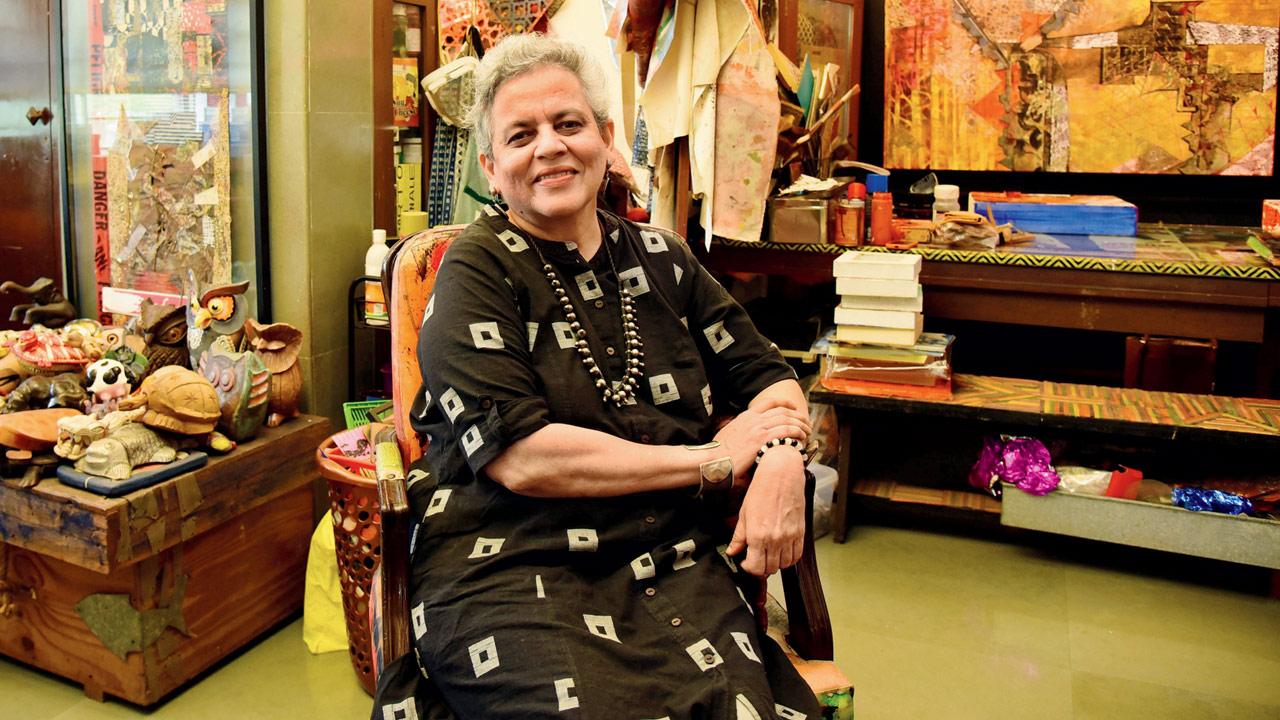
Another deserving monument is the Ghadiyal Godi Clock Tower, which unfortunately, stands in a state of neglect and disrepair. Restoring it would not only preserve our heritage but also celebrate our city’s rich maritime history.
Brinda Miller, fine artist; Honorary chair-Kala Ghoda Association, Honorary festival director -Kala Ghoda Arts Festival
Dadar TT Circle and Sion Circle
Mumbai’s earliest planned suburbs boast three major roundabouts, the Dadar TT circle, King’s Circle and Sion Circle. These junctions are defining landmarks and buzzing public plazas, boasting wide footpaths lined with shops and restaurants.
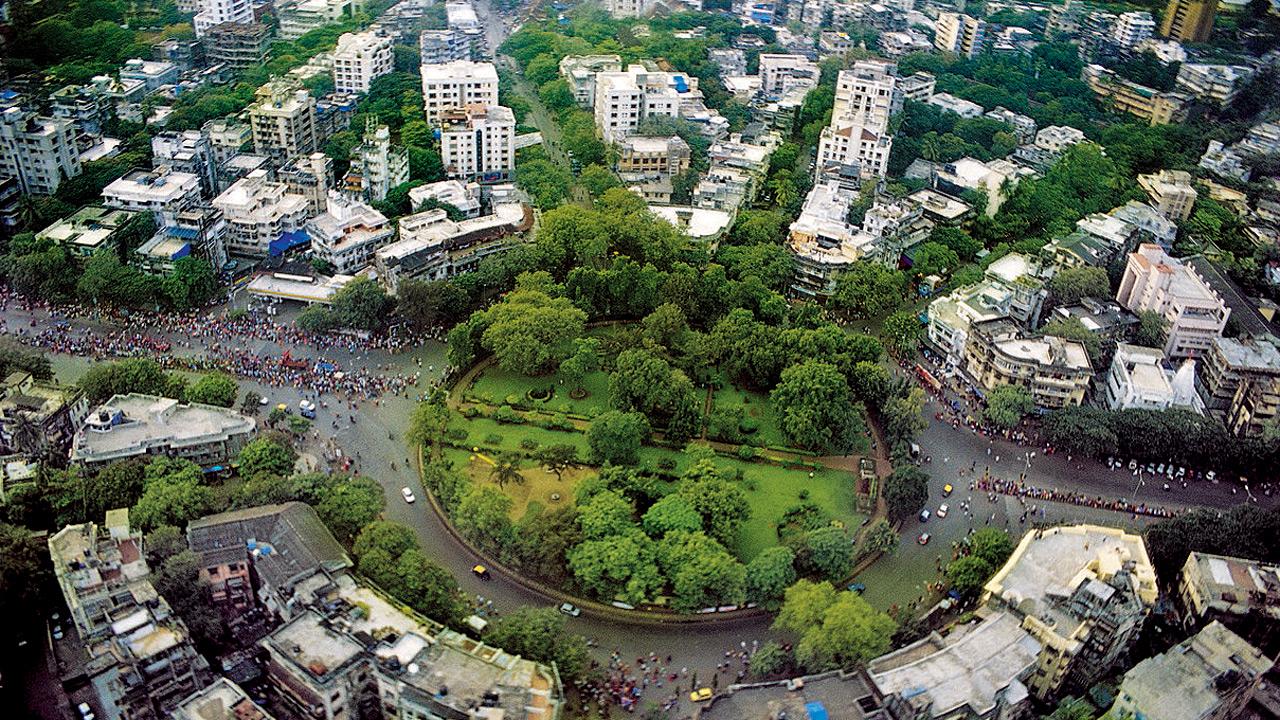
King’s Circle. Pic Courtesy/Jehangir Sorabjee, Above Bombay
The Reinforced Concrete Cement (RCC)-framed buildings defining the edges of each of these junctions are of identical design, with their heights and facades regulated by the Bombay City Improvement Trust, thus lending a distinct character and massing to each junction. As a significant urban design exercise in the 1930s, these circles serve as crucial landmarks even today.
Over time, these buildings have been subject to insensitive and indiscriminate interventions, which have disrupted the sense of order in the buildings surrounding each of these junctions, and have diluted their character, particularly at King’s Circle and Sion Circle.
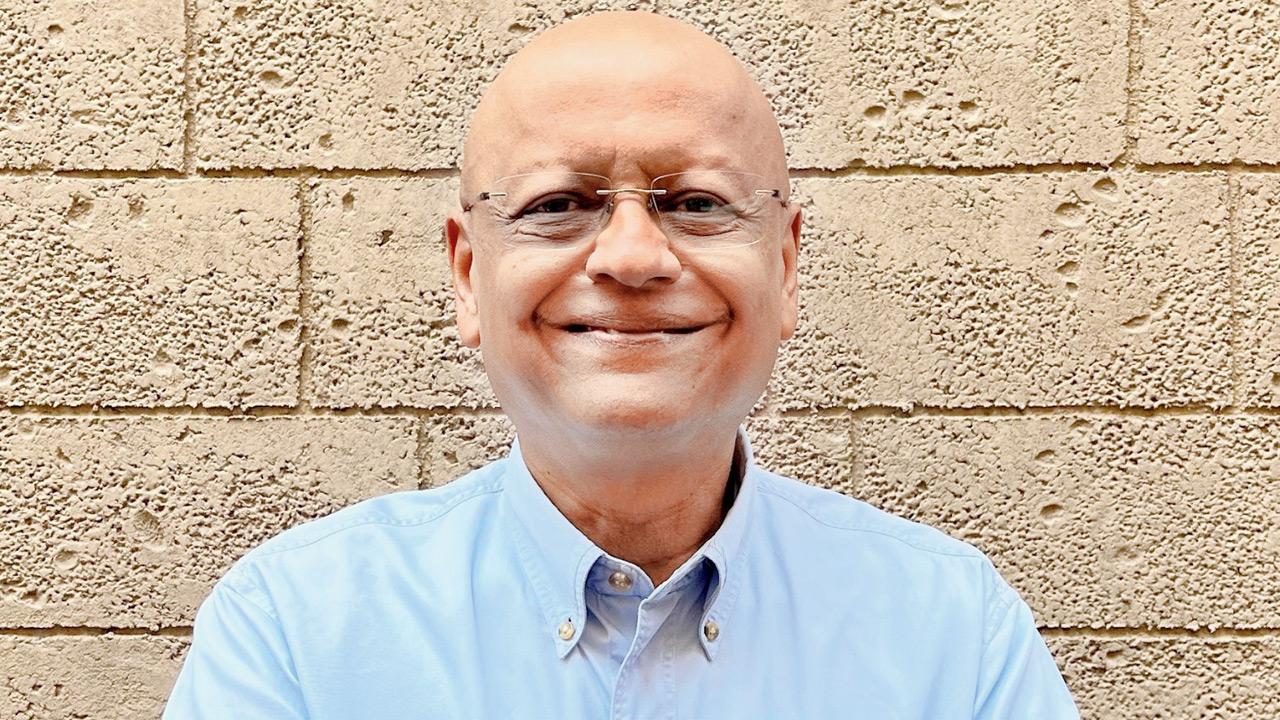
These three roundabouts could be taken up for sensitive regeneration to re-establish their suburban pre-eminence. In contrast, Horniman Circle, which was a similar urban design exercise from an earlier historical period, sees its 19th Century buildings well preserved today. Mumbai’s modern (20th Century) heritage deserves the same level of sensitivity.
Atul Kumar, founder-Art Deco Mumbai
Watson’s Hotel
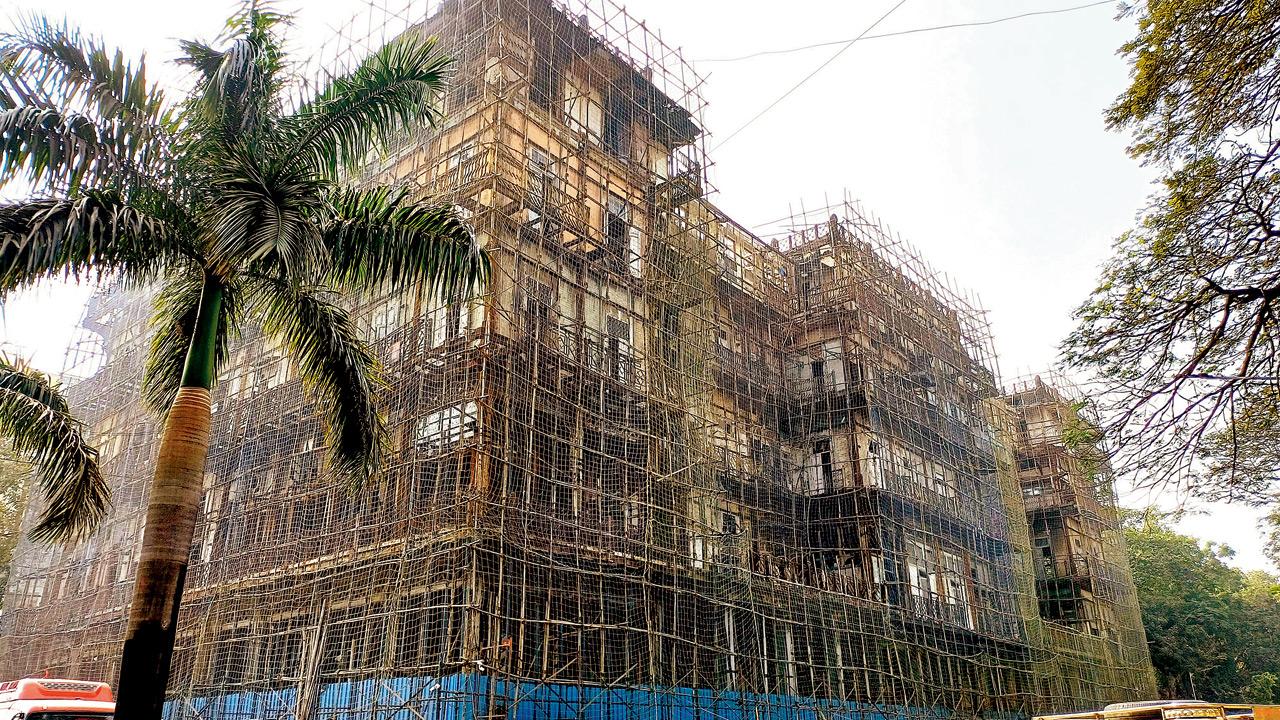
The façade of Watson’s Hotel
Following the listing of the Victorian Gothic, Oval Maidan and Art Deco precinct as a UNESCO World Heritage Site, there is one structure which stands just behind the Victorian Gothic ensemble desperately in need of restoration: the former Watson’s Hotel (Esplanade Mansion). It was listed with a high grade as far back as 1995 for its uniqueness as India’s first cast-iron structure.
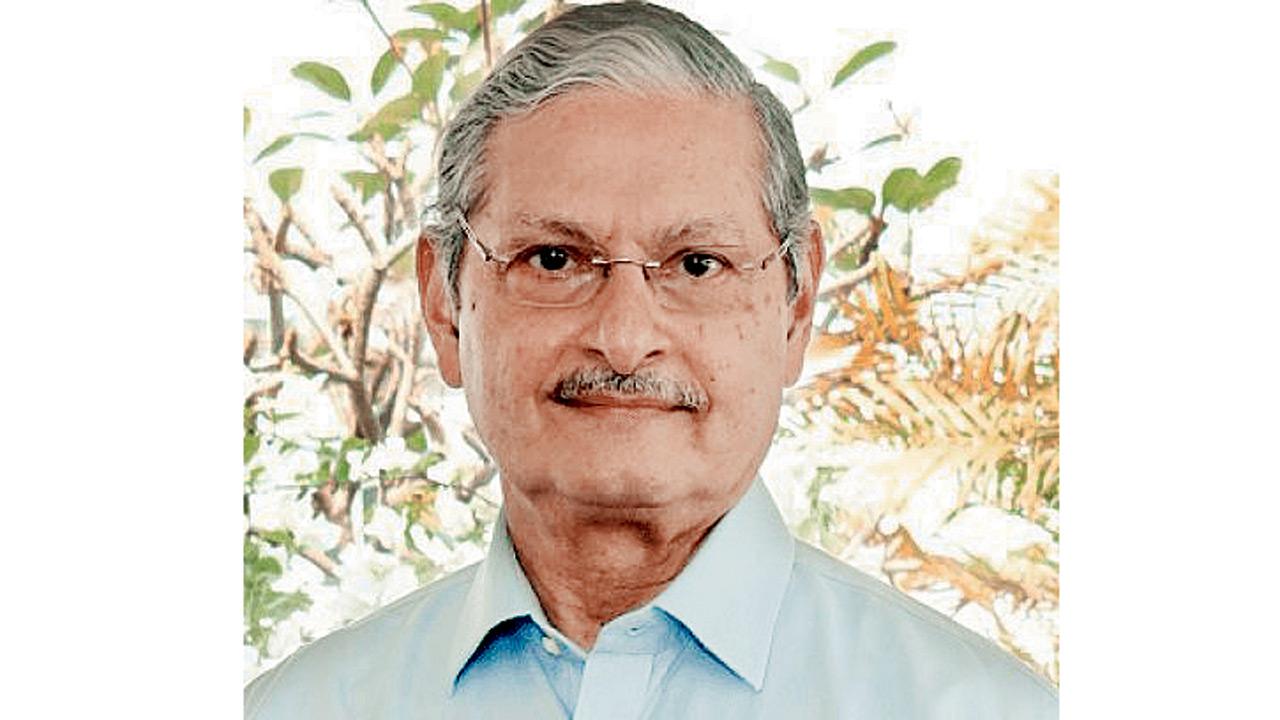
Amazingly, the columns and beams were shipped in from the UK, and the building was more or less assembled as you would a prefabricated structure today. In its time, it was also not only elegant but patronised as the finest hotel in Bombay until it was eclipsed by the newly-built Taj Mahal Hotel. Sadly, the building has been misused, abused and fallen into disrepair. Bringing it back to life is not only urgent but would add another jewel to the crown of the Victorian Gothic ensemble, which it adjoins.
Cyrus Guzder, entrepreneur, culture and arts philanthropist
 Subscribe today by clicking the link and stay updated with the latest news!" Click here!
Subscribe today by clicking the link and stay updated with the latest news!" Click here!







